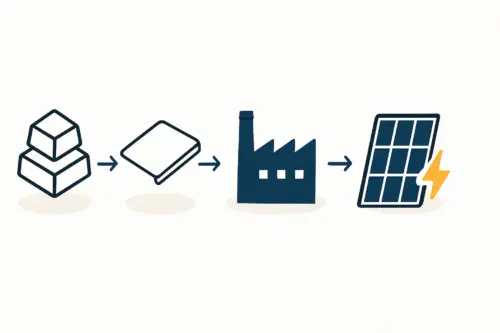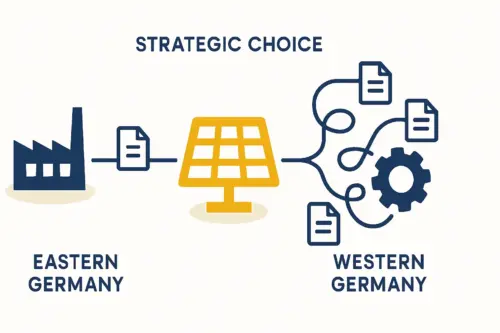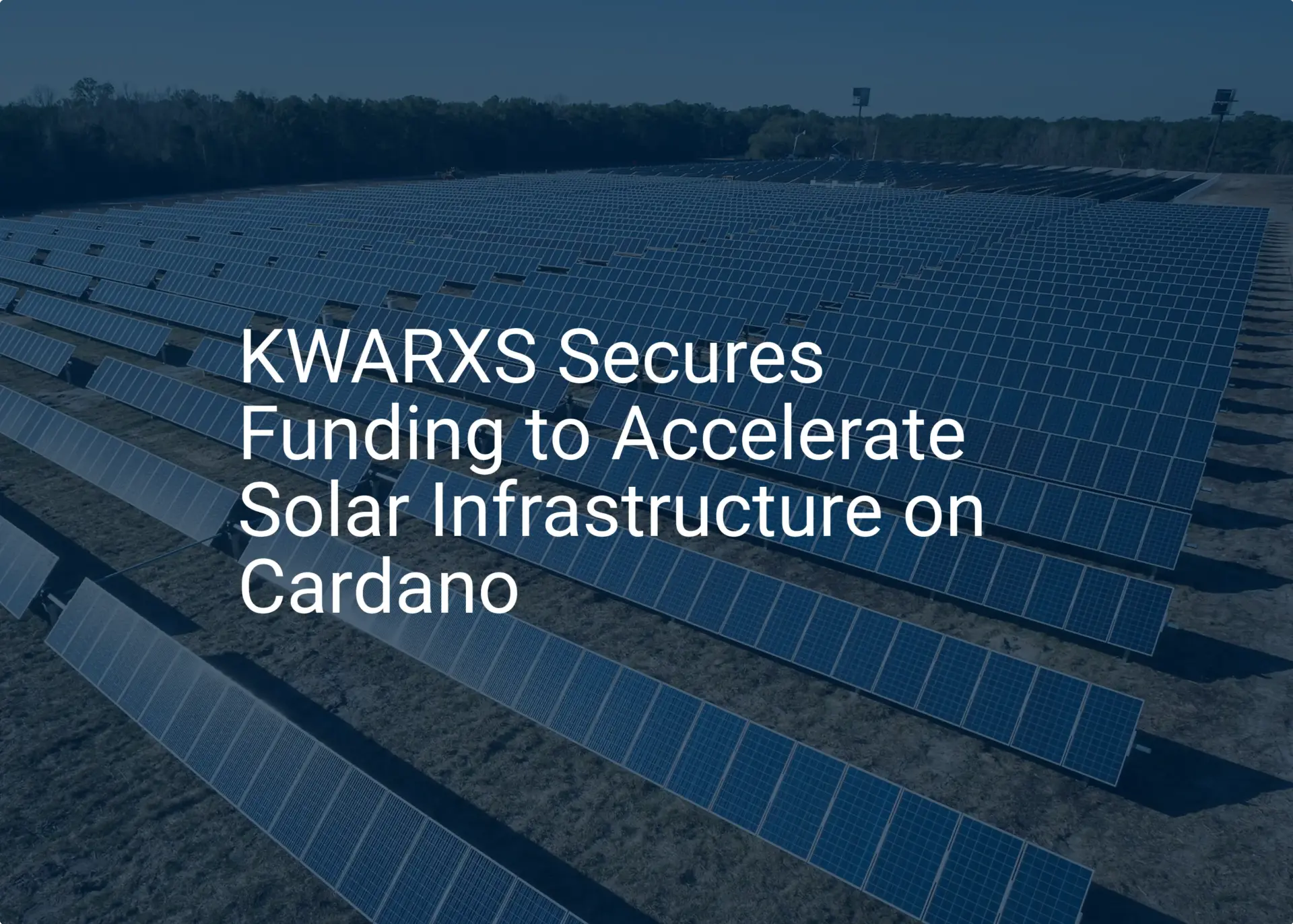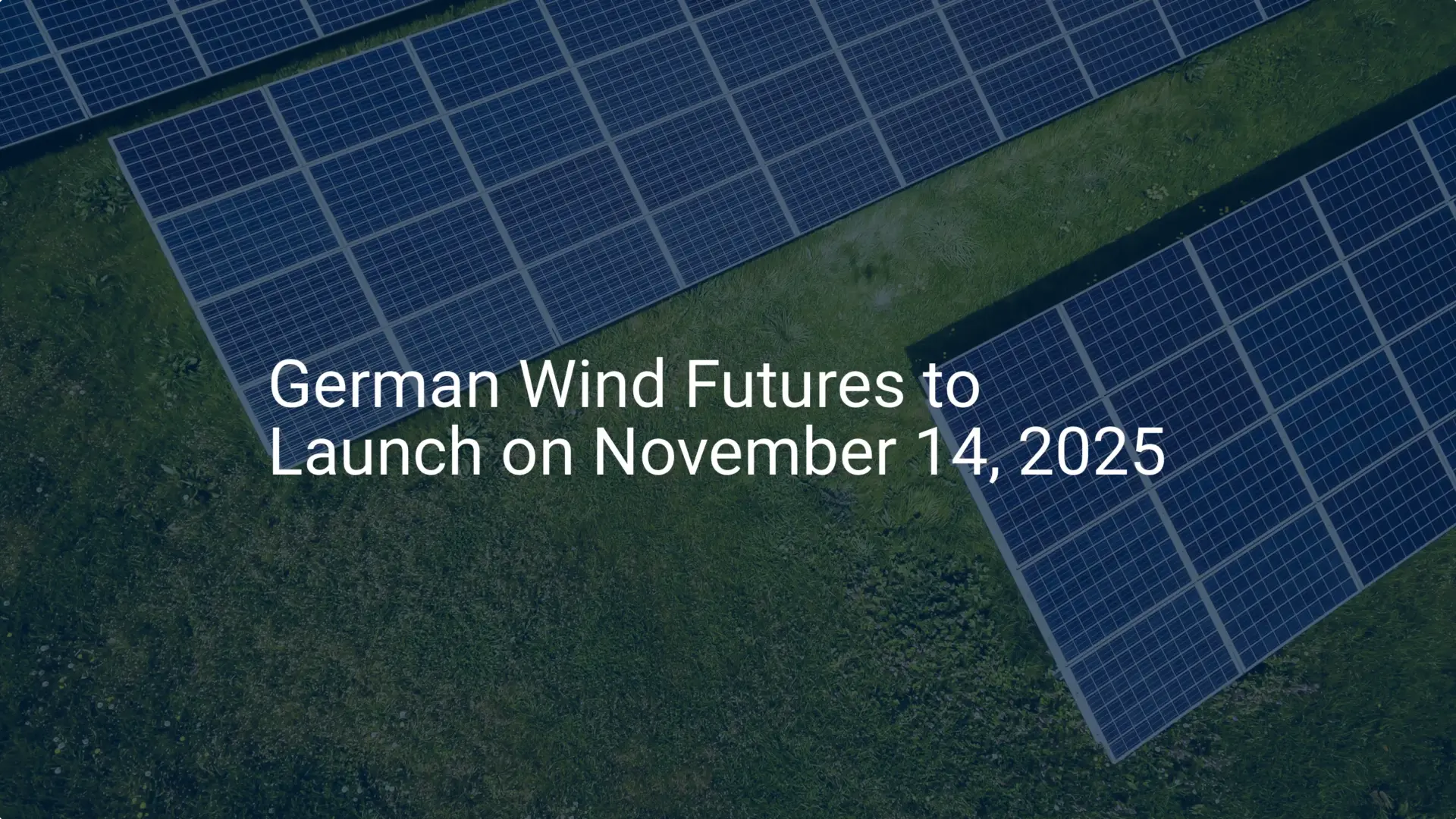For entrepreneurs considering an investment in solar module manufacturing, the primary concern isn’t technology—it’s market stability. They often ask: “If we build a factory, who will buy the modules, and will that demand be reliable next year and five years from now?” The greatest risk is not technical failure, but market failure driven by unpredictable government policy.
Germany’s Renewable Energy Sources Act, or Erneuerbare-Energien-Gesetz (EEG), is a compelling case study of how long-term, predictable legislation can create one of the world’s most robust solar markets. Even if your factory is located elsewhere, understanding the principles behind the EEG offers a valuable blueprint for evaluating the potential of your own domestic market. Here, we explore the core mechanisms of Germany’s approach and the lessons it holds for new manufacturing ventures globally.
What is the German Renewable Energy Sources Act (EEG)?
Enacted in 2000, the EEG is a foundational piece of German legislation designed to accelerate the integration of renewable energy into the national electricity grid. It is not merely a subsidy program; it is a comprehensive market-shaping mechanism.
Its core philosophy is simple but powerful: to de-risk investment in renewable energy generation by guaranteeing two fundamental things:
- Priority access to the electricity grid.
- A fixed, long-term price for the electricity produced.
By addressing these two critical challenges, the EEG created a bankable, predictable environment that spurred massive investment in wind, biomass, and, most notably, solar photovoltaic (PV) power.
Key Pillars of the EEG Driving Solar Demand
The sustained demand for solar modules in Germany is no accident. It is the direct result of specific, legally mandated policies that give project developers and investors the confidence to plan long-term. For a module manufacturer, this translates into a more predictable customer base.
1. Priority Grid Access: The ‘Green Traffic Lane’
In many developing energy markets, one of the biggest bottlenecks is securing a grid connection. A developer might build a solar farm, only to find that the grid operator has no capacity or obligation to connect it. The EEG eliminates this uncertainty.
The law legally obligates grid operators to prioritize the connection and dispatch of electricity from renewable sources. Think of it as a dedicated, high-speed lane for green energy on the electricity highway. This legal mandate ensures that any solar power produced can be sold, removing a significant project risk.
2. Guaranteed Tariffs and Market Premiums: Reducing Investment Risk
The second pillar of the EEG is revenue certainty. Historically, this was achieved through a Feed-in Tariff (FiT), which guaranteed a fixed price for every kilowatt-hour (kWh) of solar electricity fed into the grid for 20 years. This allowed an investor to calculate their return on investment with a high degree of precision.
While the model has evolved toward competitive auctions and market premiums for larger projects, the underlying principle remains the same. The system is designed to provide just enough financial incentive to make projects viable, ensuring steady and sustainable growth without over-subsidization.
Ready to make big Profits?
The solar Industry is Booming
WE HELP NEWCOMERS to the solar industry start their own solar module production line. Customers can make BIG PROFITS by selling modules and finding investors, without wasting money and time on things they don't need!
This long-term revenue security is what enables banks to finance solar projects, which in turn drives the consistent demand for modules.
3. Ambitious Expansion Goals: Creating Predictable Volume
A stable policy framework is complemented by clear, ambitious expansion targets. The latest iteration of the law, the EEG 2023, sets a goal for renewables to account for 80% of Germany’s gross electricity consumption by 2030.
To achieve this, Germany plans to install 22 GW of new solar PV capacity annually starting in 2026, aiming for a total cumulative capacity of 215 GW by 2030.
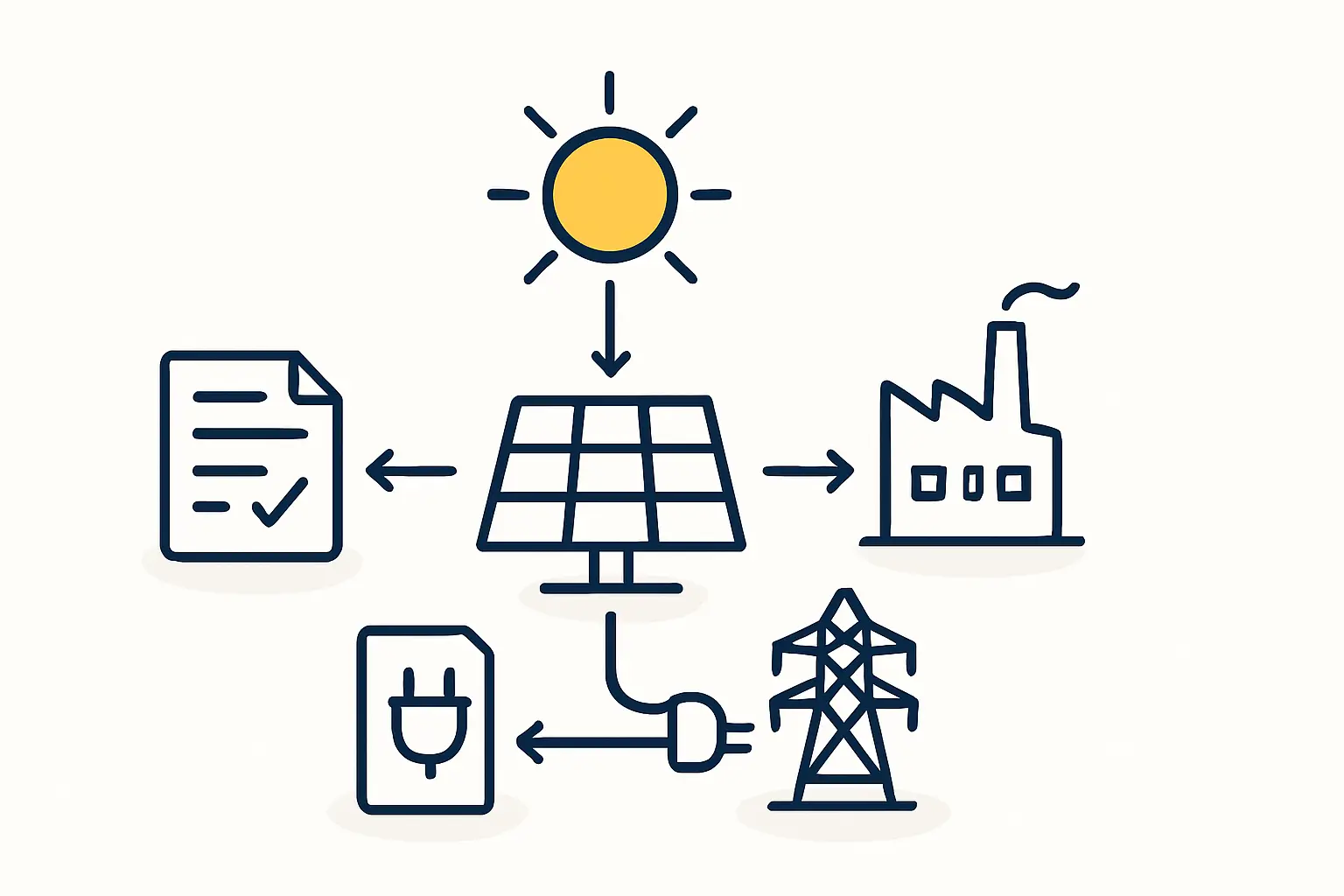
For a prospective module manufacturer, these figures are critical. They send a clear signal from the government of massive, sustained, and long-term demand for solar panels. This level of policy-driven demand helps justify the significant capital investment required to establish a manufacturing facility.
The “Solar Package I” and its Impact on Module Manufacturers
The German model is not static; it continuously adapts to market conditions. The recent “Solar Package I” (Solarpaket I) is a prime example. This set of reforms is designed to cut bureaucracy and accelerate deployment across various market segments.
It simplifies regulations for:
- Balcony Solar: Making it easier for tenants in apartment buildings to install small-scale PV systems.
- Commercial Rooftops: Streamlining the process for businesses to utilize their roof space for solar generation.
- Agri-PV: Promoting the dual use of agricultural land for farming and solar power generation.
This diversification is a key factor when developing a solar panel business plan. This means manufacturers are not solely dependent on large, utility-scale projects. Demand comes from a broad base of residential, commercial, and agricultural customers, creating a more resilient and stable market.
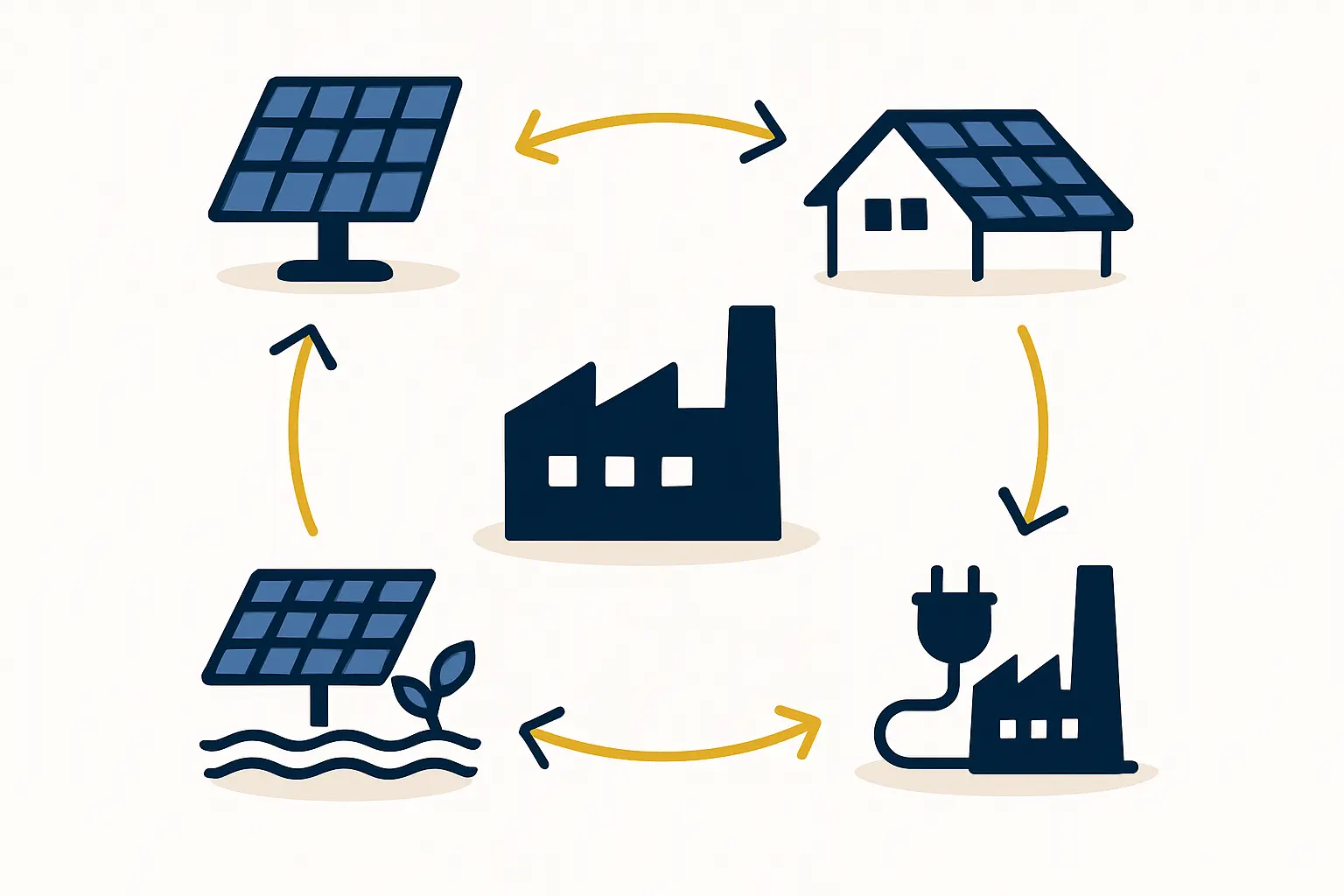
Why Regulatory Stability Matters for Your Factory Investment
The single most important feature of the EEG is its reliability. Since its inception in 2000, the law has been amended more than ten times. However, these were evolutionary updates, not revolutionary reversals. This history of gradual adaptation gives investors confidence that the fundamental rules will not suddenly change and strand their capital.
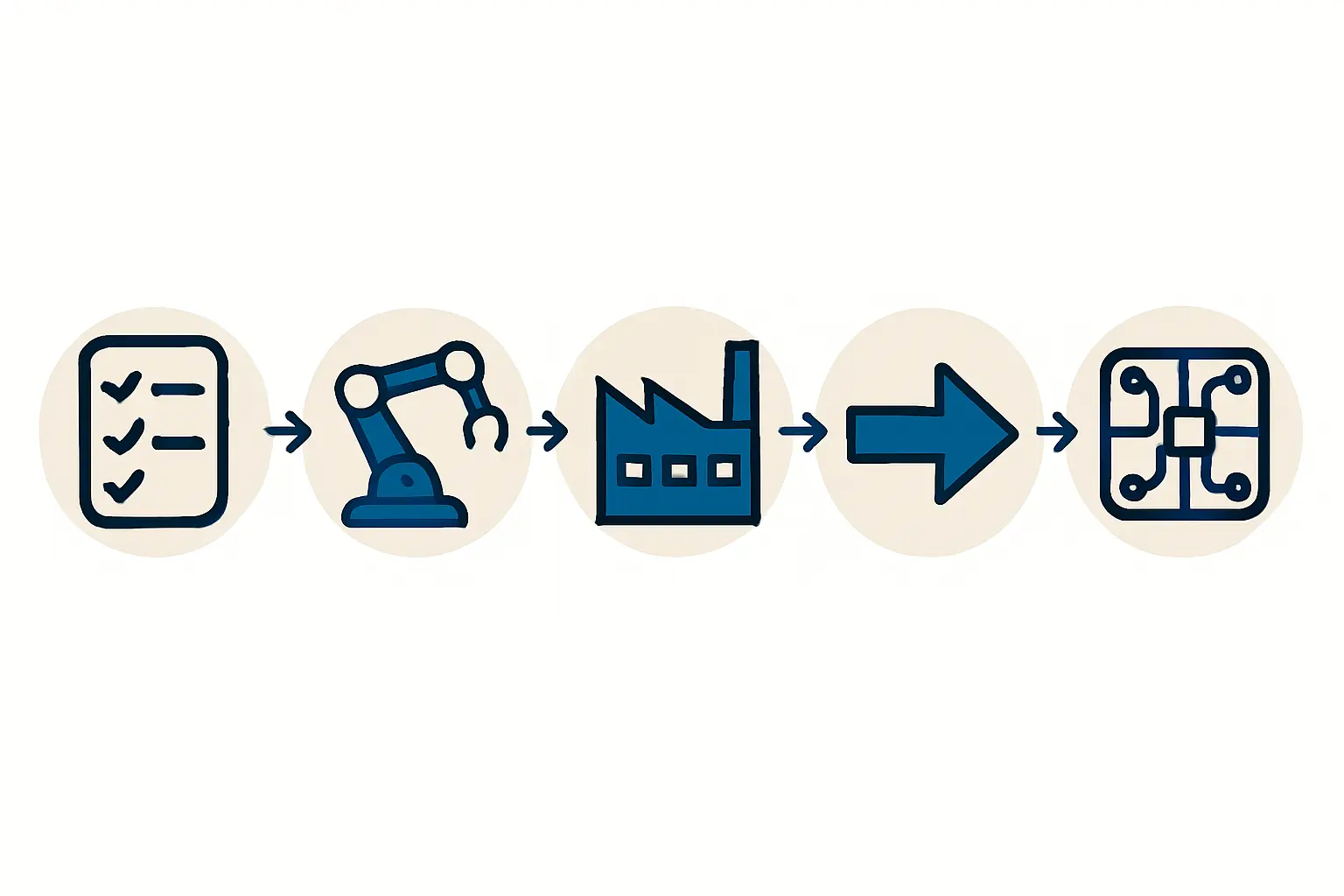
This predictability is the foundation on which a manufacturing industry is built. It allows entrepreneurs to:
- Secure Financing: Banks are more willing to lend for a factory when its target market is underpinned by stable policy.
- Plan Long-Term: Decisions about factory size, technology, and supply chains can be made with a clearer view of future demand.
- Reduce Risk Premium: A stable policy environment simplifies calculating the long-term cost to start solar panel manufacturing.
Experience from J.v.G. turnkey projects shows that markets with clear, long-term policies like the EEG attract more serious and successful investors.
Lessons for Entrepreneurs in Emerging Solar Markets
While your local market may not have an EEG, the German model provides a powerful checklist for assessing its regulatory maturity. When evaluating a country’s potential for a solar module factory, an entrepreneur should investigate whether the government has established clear rules for:
- Grid Connection Priority: Is there a legal right for renewable energy projects to connect to the grid?
- Revenue Certainty: Is there a mechanism—be it a Feed-in Tariff, a government-backed Power Purchase Agreement (PPA), or a stable auction system—that guarantees long-term revenue?
- National Targets: Does the government have official, ambitious, and dated targets for solar energy expansion?
Understanding these principles is a foundational step before selecting the right solar panel manufacturing machines for your specific market. A market with these three elements in place is one where a manufacturing investment stands a much greater chance of success.
Frequently Asked Questions (FAQ)
What is a Feed-in Tariff (FiT)?
A Feed-in Tariff is a policy tool that guarantees a fixed price for renewable electricity fed into the grid. This price is typically guaranteed for a long period, such as 20 years, allowing project owners to accurately forecast revenues and secure financing.
Does the EEG mean the German government buys all the solar panels?
No. The government does not buy the panels. The EEG creates market conditions that drive private individuals, companies, and investors to buy and install solar panels. The law ensures that the electricity these systems produce has a secure route to market and a predictable price.
How does this German policy help me if I want to build a factory in Africa or the Middle East?
The EEG serves as a best-practice model. Understanding its success helps you better analyze the strengths and weaknesses of your own country’s renewable energy policies. It provides a framework for discussions with local policymakers and helps you identify which regulatory elements are most critical for your business’s success.
Is the EEG model still relevant with solar costs falling?
Yes. While solar is now competitive with fossil fuels in many regions, the EEG’s principles of de-risking grid connection and providing revenue stability remain highly relevant. These issues are often the biggest barriers to deployment, especially in emerging markets, regardless of the cost of the technology itself.
Understanding the regulatory landscape is the first crucial step in the journey of starting a solar factory. The success of Germany’s solar industry was not built on sunshine alone, but on the bedrock of intelligent, stable, and long-term policy. By applying these lessons, entrepreneurs can better navigate the complexities of their own markets and build a more robust foundation for their investment.


